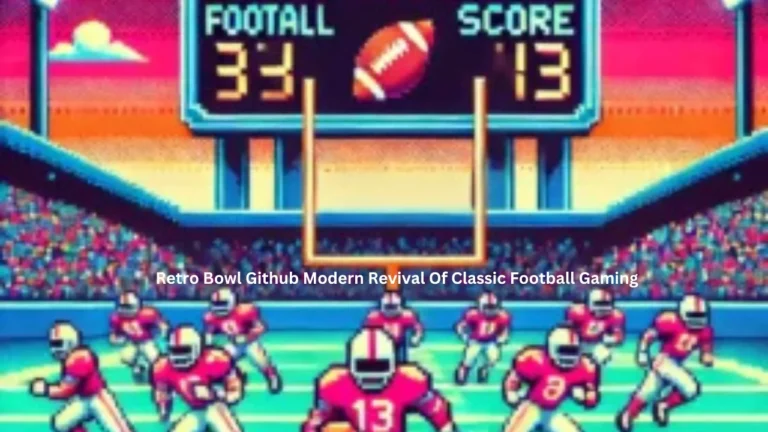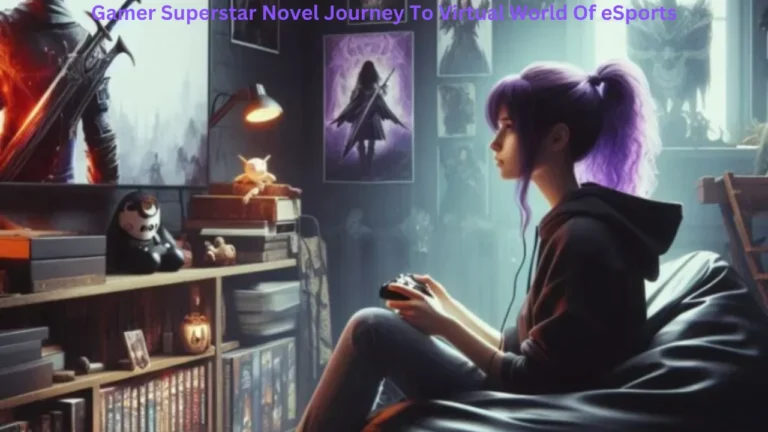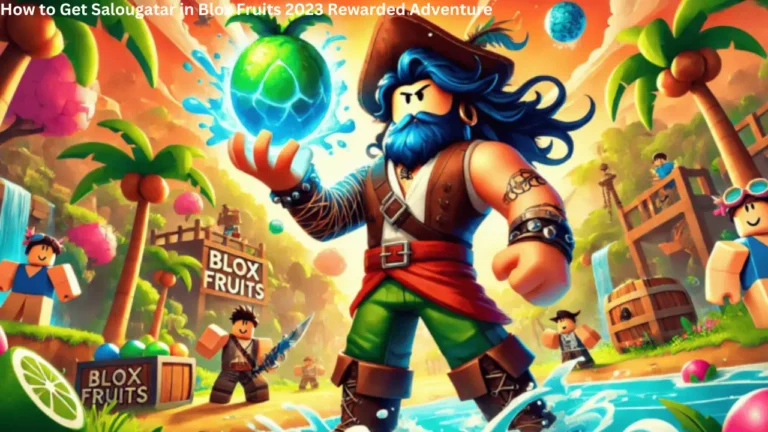Crafting Iconic Game Characters: Lessons from Literature and Cinema
How beloved characters from books and films shape unforgettable gaming experiences
Characters are at the heart of every great story, whether on the page, screen, or controller. Think about it: when you pick up a video game, you want to dive into a world where the characters resonate. You want someone you can relate to, root for, or at the very least, understand. This is why some of the most successful game characters are built on the foundation of strong storytelling traditions, borrowing from literature and cinema. It’s an art that requires a deep understanding of what makes people connect with fictional figures and, just as importantly, what keeps them coming back for more.
We all know that feeling, don’t we? When you’re so invested in a character that you start to feel their triumphs and defeats as your own. Whether it’s the gruff determination of Geralt of Rivia in The Witcher series or the emotional complexity of Ellie in The Last of Us, these are characters that stick with us long after the game’s over. And it’s no coincidence that these characters feel like they’ve walked straight out of a novel or a film.
The Power of Storytelling: Why Literature and Cinema Matter
Why is it that characters from literature and cinema translate so well into video games? It’s because these mediums have been honing the art of character development for centuries. Literature, with its ability to dive deep into the psyche of its protagonists, offers rich, layered characters that are often complex and multifaceted. Meanwhile, cinema brings these characters to life visually, using body language, voice, and subtle expressions to make them real.
Let’s take a moment to think about one of the most iconic literary characters, Sherlock Holmes. Created by Sir Arthur Conan Doyle, Holmes is a master detective whose intellectual prowess is unmatched. But he’s also deeply flawed, with his cold demeanor and emotional detachment often putting him at odds with those around him. When video games like Sherlock Holmes: Crimes & Punishments came into the picture, they didn’t just replicate the character—they expanded on him, allowing players to step into Holmes’ shoes and make decisions that feel true to his personality. The result? A character who not only feels authentic but also offers players an immersive experience where they become part of his world.
On the cinema side, let’s talk about James Bond. The suave, charming British spy, born from the pages of Ian Fleming’s novels and immortalized on screen, became a video game icon with GoldenEye 007. Bond’s character was perfectly suited for video games: action-packed, high-stakes, and dripping with charisma. The developers didn’t need to reinvent the wheel—they had a blueprint for success that spanned decades of film history.
Bringing Emotion to Digital Life: What Games Can Learn
Emotions drive everything. If players don’t feel something for the character they’re controlling, the connection fades, and the experience becomes just another routine. Think about the most memorable moments in gaming history—chances are, they were driven by emotional storytelling. And this is where borrowing from literature and cinema becomes crucial.
Consider the character of Arthur Morgan from Red Dead Redemption 2. Arthur is more than just a tough cowboy in the Wild West. His internal struggles, personal losses, and quest for redemption make him a deeply relatable character. He’s someone you root for, despite his flaws, and it’s this emotional depth that sets him apart from the countless faceless protagonists in other games. The creators of Red Dead Redemption 2 didn’t just draw on classic Western films for inspiration—they tapped into the character archetypes and emotional beats that make these stories so enduring.
Now, let’s look at a real-life example of how well-crafted characters drive success in the gaming world. Naughty Dog, the studio behind The Last of Us, didn’t just create a post-apocalyptic survival game—they crafted a story where the relationships between the characters were the real focus. Joel and Ellie’s bond was inspired by classic father-daughter dynamics seen in literature and cinema. But it wasn’t just the action-packed moments that made players fall in love with these characters—it was the quiet moments of vulnerability, the conversations that felt real, and the emotional stakes that kept players on edge.
This approach doesn’t just apply to epic, narrative-driven games either. Even in games where the story takes a back seat, strong characters can elevate the experience. Take Super Mario—a character that, on the surface, seems simple. He’s a plumber trying to save a princess. Yet, the combination of his enduring, positive personality and the nostalgic connection many players have with him make Mario one of the most beloved characters in gaming history. In many ways, Mario embodies the principles found in classic literary heroes—bravery, determination, and a little bit of humor thrown in for good measure.
Building Characters People Love: A Recipe from Real Life
Crafting memorable game characters isn’t just about copying what works in literature and cinema—it’s about adapting these principles to fit the interactive nature of gaming. A player isn’t just watching or reading about a character; they are the character. That brings a whole new level of responsibility when it comes to development.
Take CD Projekt Red, the developers behind The Witcher series, as an example. When they brought Geralt of Rivia from the novels by Andrzej Sapkowski to life in their games, they knew they had to remain faithful to his character. But they also had to give players agency, allowing them to make choices that would reflect Geralt’s complex nature. This is where the balance comes in—staying true to the source material while giving players the freedom to experience the character in their own way.
On the flip side, Rockstar Games did something different with John Marston in Red Dead Redemption. While Marston’s story was original to the game, his character was deeply inspired by Western literature and films. He’s the classic lone gunslinger, with a troubled past and a strong sense of justice—someone straight out of a Sergio Leone film or a Cormac McCarthy novel. But what made Marston special was how the player’s actions shaped him, allowing them to connect with his story on a personal level.
Brands that succeed in this space understand the delicate balance between storytelling and gameplay. Just look at the success of Ubisoft’s Assassin’s Creed series, which draws heavily from historical literature and films to create its characters. Whether it’s Ezio Auditore or Bayek of Siwa, these characters feel like they belong in their respective time periods, but they also bring something unique to the table—whether that’s a sense of humor, a tragic backstory, or a quest for revenge.
Conclusion: Where the Magic Happens
At the end of the day, creating game characters that resonate with players is a blend of art and science. It’s about drawing on the rich traditions of literature and cinema while recognizing the unique opportunities that gaming presents. Players don’t just want to watch a story unfold—they want to be part of it, to live and breathe the character’s journey.
When developers take the time to build characters with emotional depth, grounded in well-crafted stories, they create experiences that stay with players long after the game’s over. These are the characters we talk about, write fan fiction about, and replay games for, time and time again. Because, just like in literature and cinema, great characters are the ones who make us feel something. And in the world of gaming, that’s where the magic truly happens.






